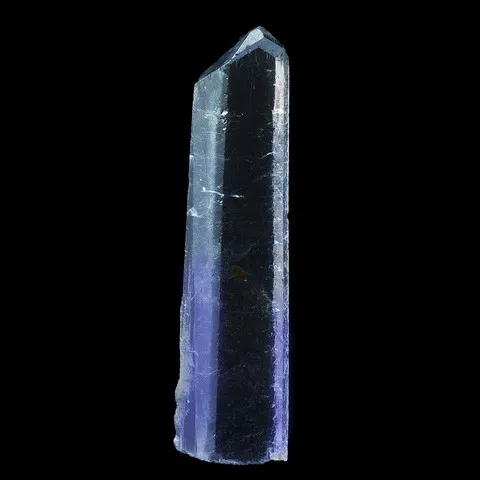JEREMEJEVITE
Class : Carbonates, nitrates, borates
Subclass : Borates
Crystal system : Hexagonal
Chemistry : Al6B5O15 (F,OH)3
Rarity : Very rare
Jeremejevite (or jeremejewite) is a very rare borate which was described for the first time in Siberia on Mount Soktuj by the Russian mineralogist Pavel Vladomirovich Jeremejev. Its color varies from blue to yellow-brown but it is often colorless. The crystals are prismatic with hexagonal sections and sometimes flattened. It is a mineral that is found in pegmatites or volcanic ejecta. It is not used in industry, specimens are for collection, jeremejevite is also highly sought after by mineral collectors. It should be noted that it can be cut and faceted sometimes is encountered in completely transparent crystals with very few inclusions. Gemstones are also produced for the collection, the pale blue is not sufficiently attractive to jewelery industries.
Jeremejevite in the World

Jeremejevite in France
Jeremejevite is not present in the French underground.
Twinning
Jeremejevite has no twinned crystals known.
Fakes and scams
Some specimens on matrix in the mineral market have been assembled. These assemblies are sometimes done with dental cement resistant to acetone, if the assembly is well built, it can be difficult to detect. Jeremejevite crystals can also be easily confused with beryl (especially aquamarine) whose shape is very close, especially if the crystal has a flat termination or if termination is absent... Small pieces of aquamarine crystals can be sold for jeremejevite by dishonest dealers.
Hardness : 7
Density : 3,27
Fracture : Conchoidal
Trace : White
TP : Translucent to transparent
RI : 1,640 to 1653
Birefringence : 0,013
Optical character : Uniaxial -
Pleochroism : Absent to strong
Fluorescence : None
Solubility : Sulfuric acid
Magnetism : None
Radioactivity : None





